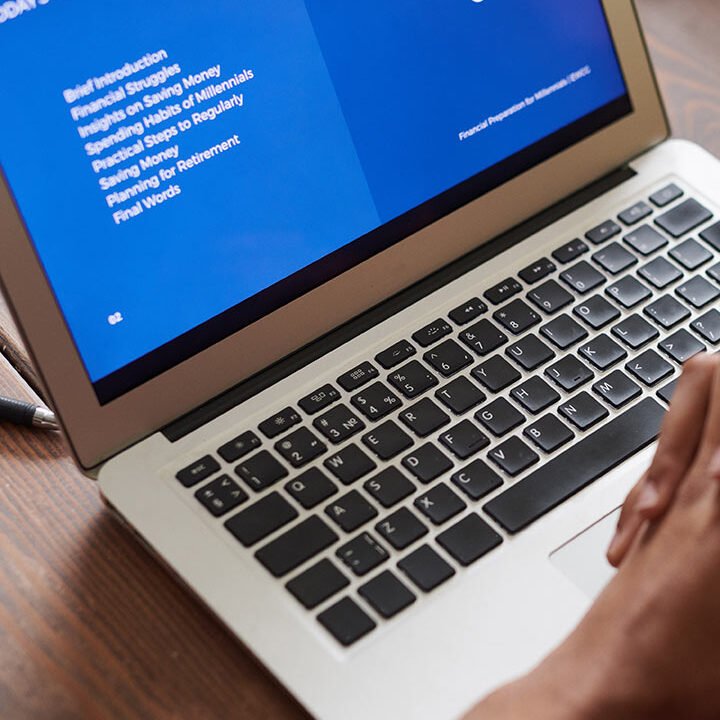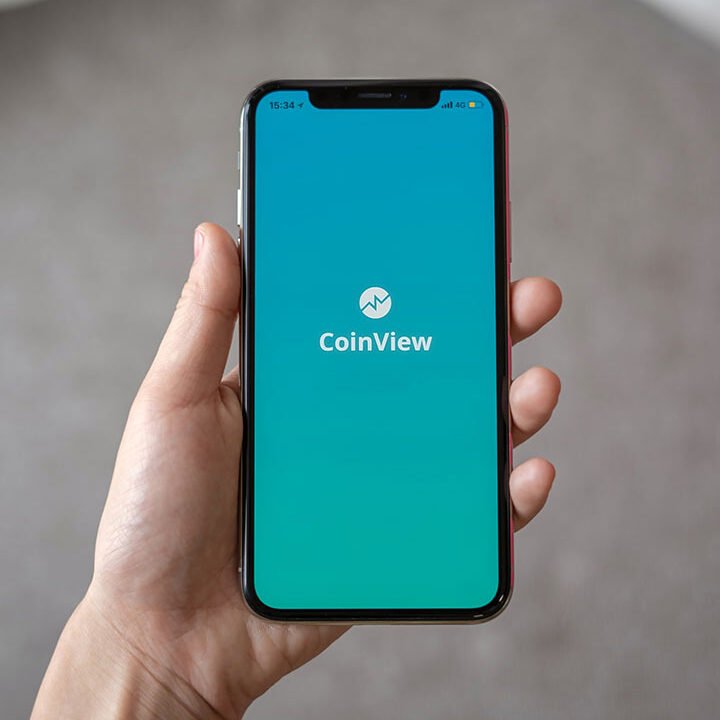
Medical billing is a vital component of the healthcare sector ensuring that healthcare providers receive accurate and timely payments for the services they render. In this guide, we will look at the most common medical billing mistakes and give simple tips on how to avoid them. This will help improve payment processes and boost the financial health of healthcare practices. Error in the billing can lead to delayed payments, denied claims, legal issues, affecting the healthcare provider’s revenue cycle and the patient’s experience.
1:Inaccurate Patient Information
Entering the incorrect patient information is one of the most common mistake in the medical billing that can lead to claim denial. This includes errors in patient’s name, date of birth, insurance ID, and contact information, provider’s name or address, etc. This can happen due to the carelessness, miscommunication or system glitches. To avoid this mistake, you should always double-check the information on the claim form with the source documents, such as the patient’s chart, the insurance card or referral letter. You should also use the electronic claim forms whenever possible to reduce manual errors and omissions.
2:Verify Insurance Coverage
Not verifying a patient’s insurance coverage before providing the services is one of the common billing mistakes that can result in claim denials. When the insurance policies have been terminated, coverage has changed, or certain services are not covered under the patient’s plan. To avoid this issue, healthcare providers should verify the insurance coverage at every patient visit. This includes checking for the eligibility, covered benefits, and any changes in the patient’s policy.
3:Billing the wrong payer
The insurance information is essential to avoiding common medical billing mistakes. This involves checking both primary and secondary insurance details. A common error is assuming a patient’s coverage without verifying it, like confusing a Medicare Advantage plan with traditional Medicare, which can result in incorrect billing.
4:Duplicate billing
If procedure is billed more than once for the same patient on the same day. If the service has already been billed or paid for before submitting new claim. It’s also important to use unique claim identifiers and keep track of each claim’s status and any necessary follow-up actions.
5:Missing filing deadlines
Failing to follow the deadlines established by insurance companies for the claim submission is a frequent mistake. Monitoring these deadlines and ensuring on-time submissions is essential for maintaining a healthy revenue cycle.
6:Improper use of modifiers
A regular billing error is improper use of modifiers. Using the wrong modifiers to use one when it’s required can lead to the claim being denied. You should also use the modifiers only when they are required. It is very important to regularly train staff on the latest coding updates as part of a strategy to address and avoid medical coding mistakes.
7:Inaccurate procedure codes
When the procedure codes entered does not match the service performed by the provider. This can happen due to a typo, confusion, the lack of specificity or outdated codes. To avoid this mistake, you should always verify the code with the provider’s documentation, use the most current and the detailed code available, check for any modifiers or bundling rules and update your codes regularly.
8:Inadequate Staff Training
A lack of training for employees can result in a variety of medical billing mistakes, such as inaccurate data input, coding errors, and failure to follow proper procedures. Inadequately trained staff may not fully understand the complexities of the medical billing and the significance of precision. To avoid this problem, the healthcare organizations should commit to ongoing training sessions for their billing and administrative staff.
9:Mismatched/unsupported diagnosis codes
When the diagnosis codes reported does not match or support the procedure code reported for the same claim. This can happen due to the incorrect coding, insufficient documentation or lack of medical necessity. To avoid mistake, you should always code the diagnosis to the highest level of specificity and link it to the appropriate procedure code. You should also document the explanation and evidence for the diagnosis and the procedure in the patient’s record.
10:Billing for Non-Covered Services
Medicare and Medicaid have specific rules about which services are eligible for the reimbursement. The billing for services that are not covered under the patient’s plan or for services that are improperly coded as covered can result in denials. Claims for non-covered services or ineligible procedures will be denied, leading to the payment delays. Providers may need to rebill with corrected codes or seek payment from the patients, which can create confusion and dissatisfaction.








